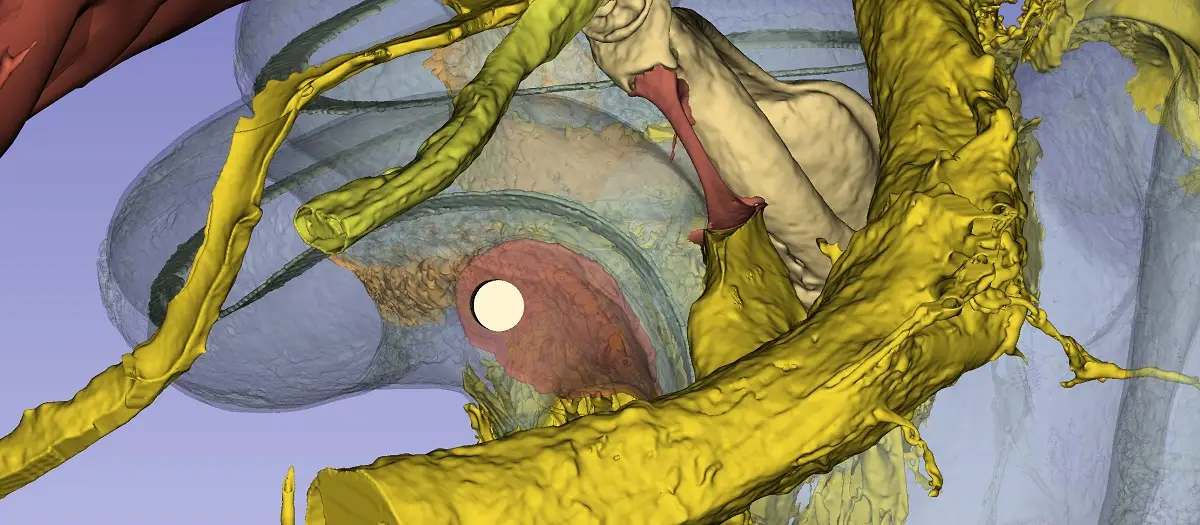Review of a Study
First direct access to the human auditory nerve could offer new hope for individuals with the most common form of deafness.
Press Release Written by Emma Thorne, Head of News at the University of Nottingham
8 November 2022
The first access route to the complex nerve structures of the human inner ear has been developed by Nottingham scientists as part of an international collaboration including scientists from additional sites in the UK, Sweden, and Canada. The research was published in Scientific Reports on 8 Nov 2022. The citation for that original article is at the end of the summation of this article.
Something new to learn about the inner ear:
The human auditory nerve lies in the inner ear (the cochlea), deep in the base of the skull and encased by some of the hardest bones in the body. This difficult access hampers progress toward developing new treatments for hearing loss. The structures of the cochlea are microscopic and well beyond the resolution of clinical imaging modalities. Although micro-computed tomography (or micro-CT which uses X-rays to create a 3-D image) provides sufficient spatial resolution, apparently additional contrast agents are needed to discern soft tissues.
Using advanced 3-D models, however, generated through particle acceleration (called a synchrotron), the researchers have created detailed, computer-generated images of the cochlea resulting in a safe pathway to the inner ear that will enable new treatments to be delivered directly to the auditory nerve. The detailed definition of the arrangement of nerves and blood vessels in the cochlea will enable medical treatments that could, for the first time, regenerate the nerve structures that are crucial to hearing and that are permanently lost in many with hearing loss.
Gerard O’Donoghue, an otologist at Nottingham University Hospital NHS Trust said, “The inaccessibility of the human cochlea has hampered the progress of curative treatments for nerve-type hearing loss today, and these research findings open a vista of opportunities for researchers in this field.”
The research of this review was funded by the biotechnology company, Rinri Therapeutics, and by various grants at the participating institutions, including from the UK’s National Institute of Health Research.
Rinri Therapeutics is developing the world’s first regenerative therapies for hearing loss.
The company’s technology aims to reverse hearing loss through the repair and regeneration of the damaged nerves in the inner ear. Dr. Simon Chandler, CEO of Rinri Therapeutics said, “We believe these findings will have an immediate impact on both our understanding of the detailed structures of the nerve of hearing and on future clinical initiatives which are urgently needed to reduce the global health burden caused by deafness.”
For all those who suffer from irreversible hearing loss, this is amazing news. This is not the case for hidden hearing loss. Now, researchers can begin to develop new treatments to address all the causes of nerve-related hearing loss. Those who wish they could hear like they did when they were children, your wish may come to be. Unfortunately, medical research is a slow process. It is more likely that our children and grandchildren will be the recipients of these new modalities.
We thank you for reading another one of the research reviews that we like to share with you. If you have any questions please contact us at Hears Hearing & Hearables or our small cute clinic in Hopkins, Minnesota at Hears to U Audiology.
Citation for original research article:
Li, H., Agrawal, S., Rohani, S.A. et al. Unlocking the human inner ear for therapeutic intervention. Sci Rep 12, 18508 (2022).





